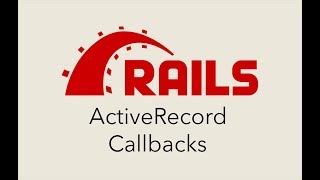Helm is a powerful package manager for Kubernetes that simplifies the deployment and management of containerized applications. It allows you to define, install, and upgrade even the most complex Kubernetes applications. If you’re new to Helm or an experienced user, these handy Helm commands will make your Kubernetes deployment process smoother and more efficient.
1. Initialize Helm
In Helm 3, there’s no need to initialize Tiller. You can directly start using Helm with the following command:
helm init2. List Installed Releases
To see the releases that have been installed in your Kubernetes cluster, use the following Helm command. This command provides you with a list of all installed releases and their statuses.
helm list3. Search for Charts
Helm 3 retains the ability to search its default chart repositories to find available charts for installation
helm search repoYou can also add custom repositories using the helm repo add command.
4. Install a Chart
To install a chart in Helm 3, use the helm install command. Replace <release-name> with a name for your release and <chart-name> with the name of the chart.
helm install <release-name> <chart-name>5. Upgrade a Release
Use the helm upgrade command to update an existing release with a new chart version or modified configuration.
helm upgrade <release-name> <chart-name>6. Rollback to a Previous Release
Helm 3 allows you to rollback to a previous release version if necessary. Use the helm rollback command, specifying the <release-name> and the desired <revision>.
helm rollback <release-name> <revision>7. Uninstall a Release
When you’re done with a release and want to delete it from your Kubernetes cluster, use the helm uninstall command. Helm 3 replaces the old helm delete command with helm uninstall.
helm uninstall <release-name>8. Create a Helm Chart
If you’re packaging your application for distribution, you can create a Helm chart. Use the helm create command to generate the basic structure of a Helm chart with the specified name.
helm create <chart-name>9. Package a Chart
Once you’ve developed your Helm chart, package it into a versioned chart archive file using the helm package command.
helm package <chart-directory>10. Inspect a Chart
Use the helm show values command to see the default values of a chart. This can help you understand which values are available for customization.
helm show values <chart-name>Helm 3 streamlines the deployment and management of containerized applications in Kubernetes by eliminating Tiller and introducing other improvements. These handy Helm 3 commands provide the essential tools for managing your Kubernetes applications efficiently. Whether you’re new to Helm or experienced with previous versions, these commands will streamline your Kubernetes workflow. Be sure to consult Helm’s official documentation for more detailed information about each command and additional Helm features.
